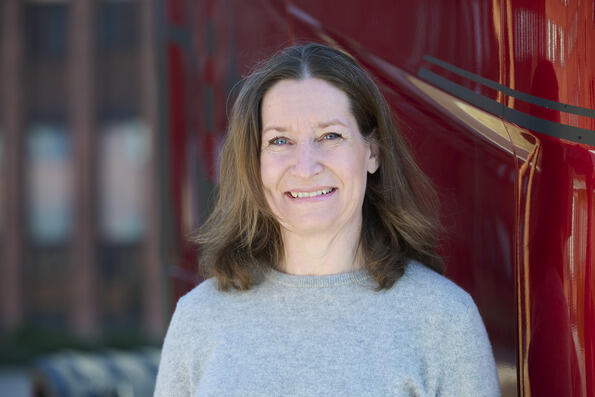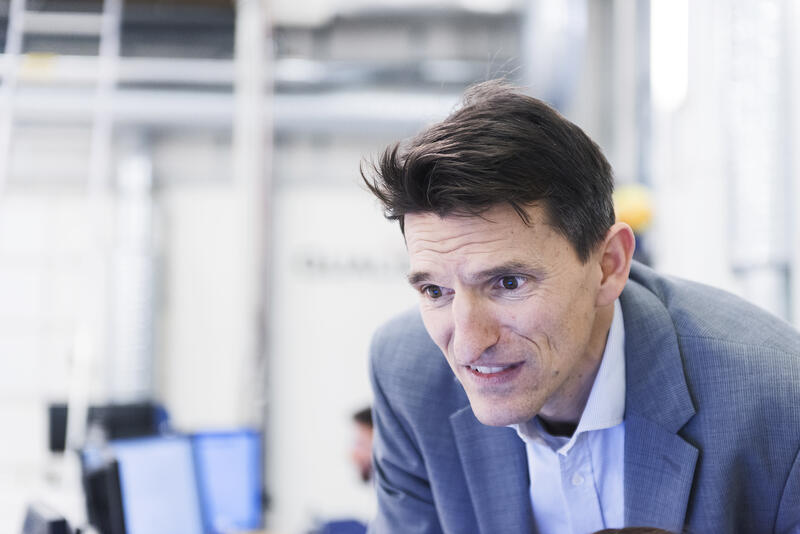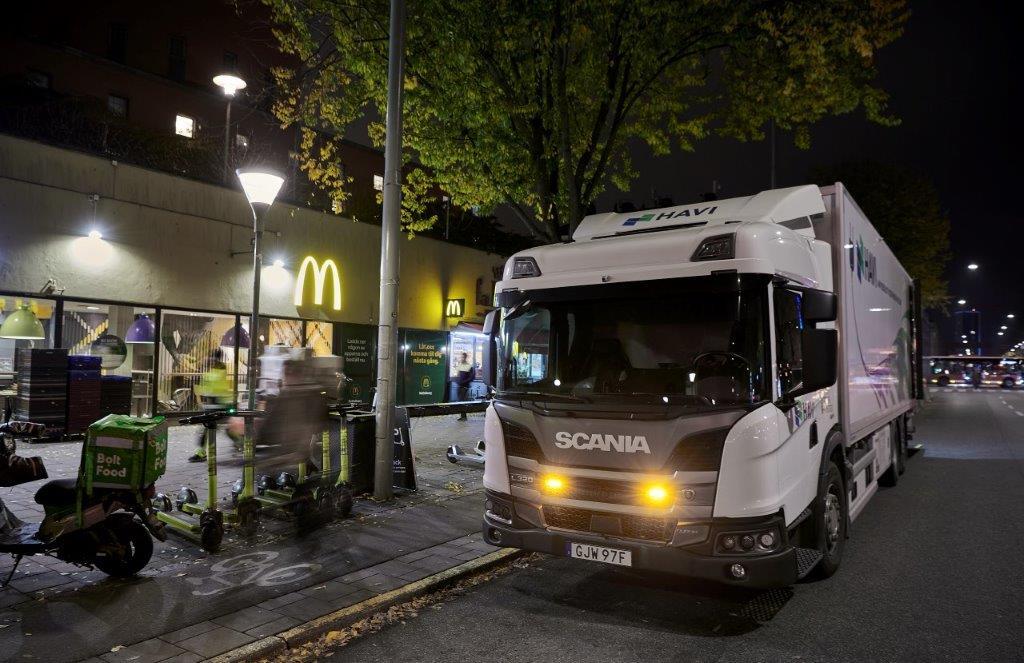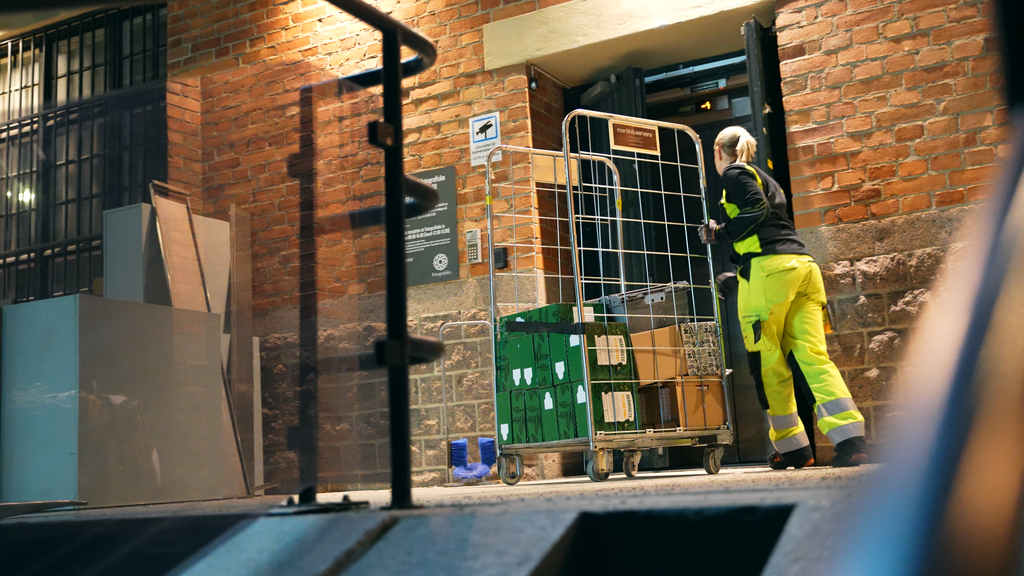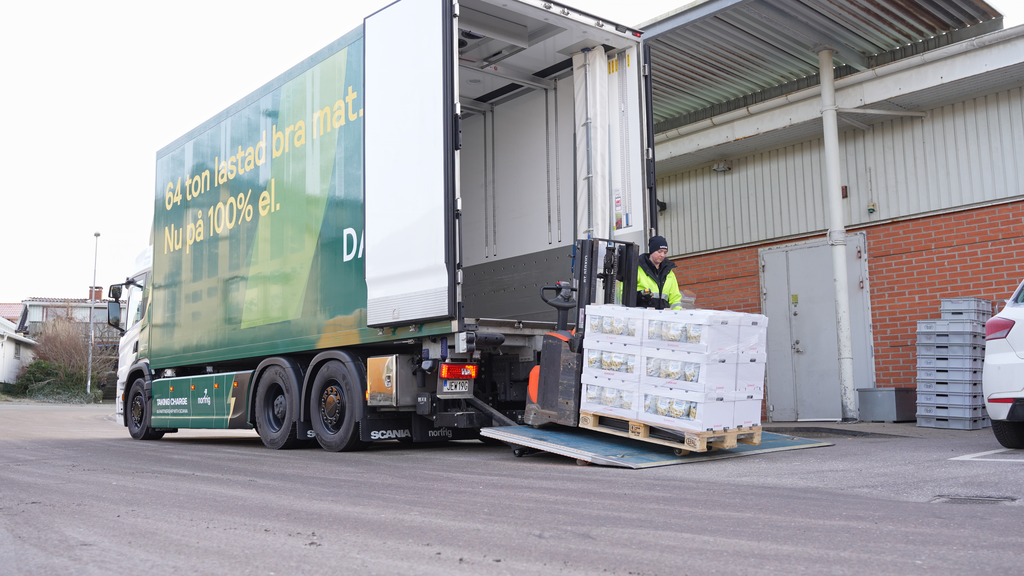HITS
The sustainable solutions of the future require increased cooperation between different actors as well as the capacity for rapid integration of new technology, methodology and new business models. The transport system in urban environments is already heavily loaded. Transport companies need to meet customers' increased expectations for speed and flexibility by deploying an increasing number of vehicles with less load capacity.
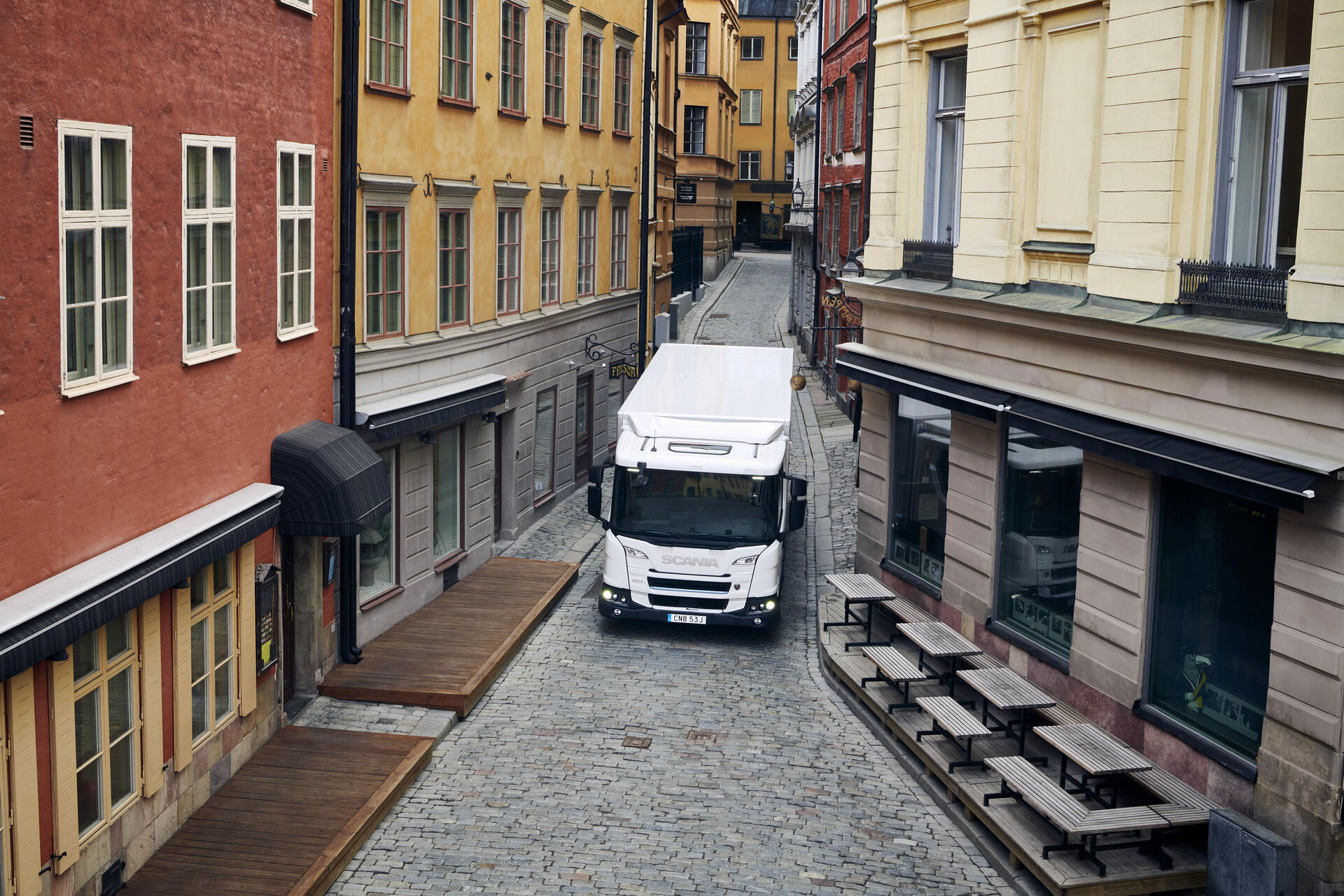
The Sustainable and Integrated Urban Transport Systems (HITS) project is a four-year project running until December 2024. The first part ended in April 2022 and focused on knowledge building, generating extensive knowledge and a number of concepts and prototypes to build on. The HITS project's vision in part two is to "Understand and create the conditions for a sustainable transport system in the city". The strength of the project is that we work together to find innovative solutions that lead to both a sustainable business life and a sustainable society.
The overall impact goals for the project are to contribute to:
- Build a resilient infrastructure, work for inclusive and sustainable industrialization and promote innovation.
- Combat climate change and its consequences
- Making cities and residential areas inclusive, safe, resilient and sustainable
- Ensuring healthy lives and promoting well-being for all at all ages
- Ensuring sustainable consumption and production patterns
The work is based on four work packages which focuses on understanding how digitization can contribute to creating customer value. Below is a brief description of each work package.
Project outcome
The project has resulted in three scenarios which explores the transformation towards a seamless, sustainable and flexible freight delivery.
Efficient freight distribution in cities off-peak
Through electrification, digitization and system integration between different parties, goods can be distributed energy-efficiently and sustainably off-peak.
Sub-goals:
- Enable deliveries at inconvenient working hours.
- Describe how cities can ensure that transport can take place in a sustainable manner.
- Describe how carriers can optimize deliveries based on charging infrastructure and 24-hour operation, as well as ensuring low noise levels during delivery and pick-up.
Watch the film about Off Peak
Project lead:
Elisabeth Hörnfeldt, Scania
Consolidation in an urban environment with sustainable transport services
Sustainable distribution of goods and return flows in the city with focus on:
- Identify the possibility of consolidating flows via, for example, a city hub.
- In cooperation between property owners, the city and relevant actors carry out, evaluate and validate physical and digital tests.
- Find new business values and innovations that can contribute to more efficient transport and an increased attractive urban environment.
- Understand how policy needs to be developed to promote innovation and implementation of sustainable solutions in urban logistics.
Project lead:
Jack Lu, CLOSER, Lindholmen Science park
A sustainable transport system 2030+
Explore the transformation towards seamless, sustainable and flexible freight delivery.
- Explore the role of digitization and system integration for a sustainable transport system.
- Explore how technology and service innovations can improve the transport system in a sustainable way.
- Visualize a concept for a sustainable transport solution consisting of vehicles and load carriers.
- Collaborate on future sustainable concepts and solutions.
Project lead
Ewa Sondell, Scania
Research in system effects and design of sustainable systems
Build knowledge about the system effects of cities' ongoing work with logistics systems on today's transport solutions and existing traffic flows based on three questions:
- How are system effects affected by, for example, different business models and policies?
- How can collaboration between different parties contribute to new innovations and sustainable transport solutions?
- How does this collaboration affect the various actors in the ecosystem linked to business models and the ability to create new business values.
Project lead:
Peter Georen, KTH
Partners in HITS 2022-2024
The consortium is represented by the entire value chain linked to urban freight transport.
The project is led by Scania and consists of 16 parties::
Research and academia:
University of Gothenburg, IVL, KTH, Linköping University, RISE
Municipalities:
The City of Stockholm, Södertörn
Companies:
Axfood, Atrium Ljungberg, CLOSER, Fabege, FTL Logistics, HAVI, M Logistics, Ragn-Sells, Urban Services
